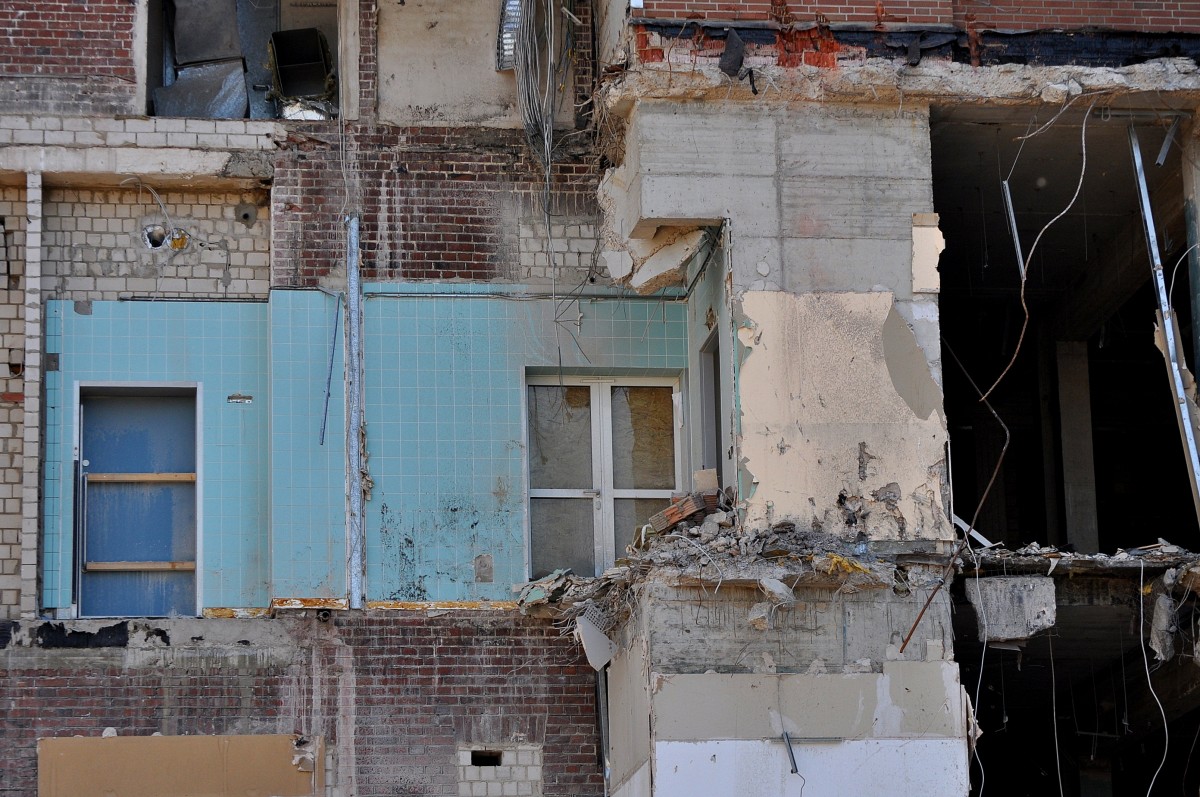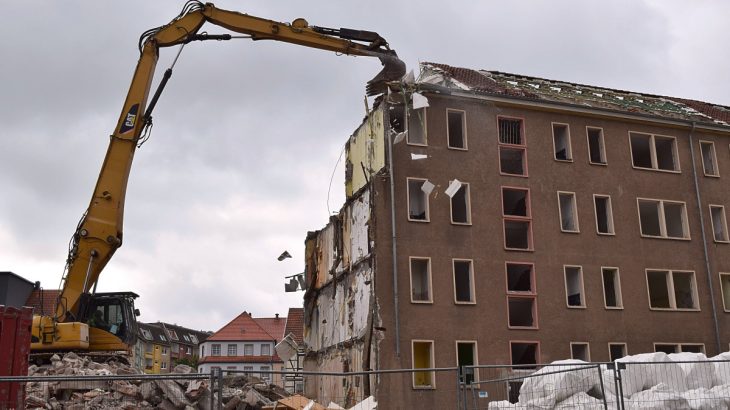Precautions to Take Before Demolishing a Wall
Although it may seem pretty easy to demolish a wall, it involves preparing the site and knowing the different steps to be followed.
Demolishing a wall: load-bearing or not?
Before starting to demolish a wall, the first thing to check is whether it is load-bearing or not.
Unless you have the plans of your house and, therefore, an indication of whether or not the walls are load-bearing, you should call in a professional to determine the nature of the walls.
Generally speaking, load-bearing walls are:
the exterior walls,
the main interior walls or dividing walls: these extend up to the first or second floor if necessary.
Usually, load-bearing walls are more than 10 cm thick, unlike most partitions: the distinction is more difficult to make in an old house.
Good to know:
- The structure of a house evolves over time.
- Loads are distributed.
- A wall that was not load-bearing can become so.
Regulations for demolishing a wall
Demolishing a wall in your home does not require any administrative procedures except to make a surface area habitable.
On the other hand, to demolish a load-bearing wall, you must take a few steps, which can be lengthy:
You cannot touch the house’s walls without the owner’s agreement if you are a tenant. If you open up a load-bearing wall to make a living area, you must go to your local council to apply for planning permission. In collective housing, you must refer to the rules of the co-ownership to know whether or not you can demolish a load-bearing wall.
You must then go through a design office to draw up the file.
Non-load-bearing walls only require simple authorization from the co-ownership.
Before demolishing a wall: some advice

Before taking your sledgehammer and starting to demolish your wall, there are a few precautions to take. Depending on the size and thickness of your wall, there may be a lot of rubble. So make sure you have a skip or enough special bags to clear the site as you go along,
Work with two or more people, but don’t expect too many people either,
Empty the room and caulk carefully to limit infiltration: demolishing a wall generates a lot of dust,
Wear close-fitting work clothes, a mask to protect you from dust, a pair of glasses to avoid splinters, and a pair of gloves,
Don’t forget hearing protection.
In the end, you can take the rubble to the waste disposal center.
Demolishing a wall: use props
In old buildings, it is essential to call in a professional to determine whether or not you can knock down a wall.
Start at the top of the wall and work your way down.
Always use props:
without forcing, on both sides of your future opening, except for plasterboard and plasterboard tiles,
if you are working on the first floor, place props under the floor in line with the other props to prevent the floor from bearing the load of the floor,
the props are there as a precaution: it is always possible that the non-load-bearing wall you are working on has become more or less load-bearing over time.
How to demolish a wall?
Demolition techniques
Demolishing a wall can be done in two ways: manually or mechanically.
Manual demolition is generally carried out with sledgehammers, picks, or pneumatic hammers. It is often preferred for demolishing a non-load-bearing wall or for small renovation projects.
Mechanical demolition involves using heavier equipment (demolition tongs or shovels, bulldozers, etc.). It is often preferred for large demolition projects, as it is less expensive than manual demolition.
Is it possible to break a supporting wall?
Demolishing a load-bearing wall without taking the necessary precautions would mean weakening the entire framework of your house, unbalancing the distribution of loads, and running the risk of part of the building collapsing…



















